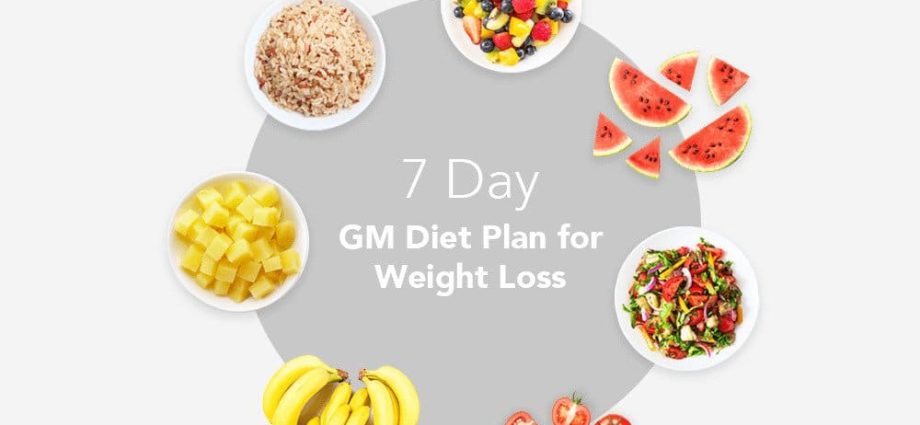A healthy diet plan should emphasize eating mostly whole foods that are low in added sugars, saturated fats and sodium. Include leafy green vegetables, fruit, whole grains and healthy fats such as canola oil or avocado in your plan.
This 1,200-calorie meal plan can help protect your heart while helping you shed excess pounds safely. Packed full of lean proteins, fiber-rich fruits and vegetables, low-fat dairy and healthy fats.
Eat a variety of foods.
Add variety to your diet in order to meet all of your nutrient requirements and avoid chronic diseases. Select healthy options from each food group, avoiding foods high in saturated fat, added sugars or salt.
Include leafy vegetables, fruit, whole grains, nuts and seeds as part of your meals and snacks. When selecting processed food products, opt for those low in added sugars or salt content; avoid options packaged in syrup or drizzled with butter for best results.
Make eating healthier enjoyable and reduce boredom by trying out various cooking techniques, discovering new flavors and textures and finding methods that make your favorite recipes even healthier! Experimentation will allow you to discover new tastes while lowering the risk of restrictive or unsustainable diets. Consult a registered dietitian about creating a diet plan tailored specifically for your lifestyle and health goals.
Eat less saturated fat.
Since decades, diets high in saturated fat have been linked to an increased risk of heart disease and stroke due to raising “bad” cholesterol levels. But current advice indicates that replacing meats high in saturated fat with other food such as oily fish or nuts could help lower this risk.
Red meat, full-fat dairy products (e.g. butter and yoghurt), tropical oils and certain vegetable fats such as lard, margarine and shortening all contain significant quantities of saturated fats; while saturated fats also can be found in processed foods like pies, pastry and sponge cakes.
Reducing saturated fat means selecting lean meats, fish and poultry; using low-fat or nonfat milk and yogurt; and cooking with liquid vegetable oils like olive, canola or safflower to provide energy while lowering disease risks. These healthier fats also lower disease risks while providing energy benefits.
Eat more fruit and vegetables.
As part of your healthy diet plan, it is crucial that you consume an appropriate amount of fruits and vegetables to prevent disease and ensure optimal body functioning. This will also ensure your daily quota of essential vitamins.
Vegetables and fruit provide essential fiber, vitamins, minerals and phytochemicals that are vital in helping maintain a healthy weight while decreasing your risk for chronic illnesses like heart disease, diabetes and cancer.
Set yourself the goal of eating five servings of fruits and vegetables every day, which may be easier than you think. Instead of snacking on chips for an evening snack, why not switch it out with cut veggies dipped in low-cal dressing instead? Studies show that those who regularly consume produce have lower risks of heart disease and stroke.
Eat low-fat or fat-free milk and yogurt.
Dairy foods contain calcium, vitamin D and iodine; low-fat milk and yogurt provide essential nutrition while helping reduce saturated fat and cholesterol consumption. If someone can’t consume dairy due to intolerance or preference reasons, other healthy protein sources include beans or fortified soy products.
A nutritious diet should include fruits, vegetables, whole grains, lean meats and dairy foods in order to achieve health. Sugary beverages like soda, energy drinks or juice should be limited; high sugar foods such as sweetened cereals, highly processed snack foods and dairy desserts with added sugar should be avoided to limit extra calorie consumption without providing essential nutrition. It is a good idea to read food labels carefully in order to identify hidden sources of added sugars in products like this.
Eat lean meats.
Meat and poultry are important sources of protein, but should only be eaten in moderation. Select lean cuts of meat while limiting processed products for best results.
Skinless poultry, beef sirloin and ground meat that’s at least 90% lean are the ideal choices, along with cooking methods which leave minimal or no visible fat behind, such as roasting over frying.
People who consume too much red and processed meat increase their risk of bowel cancer, with experts suggesting no more than 90g (cooked weight) per day of red or processed meat consumption (1). Furthermore, too much meat consumption could mean missing out on essential nutrients like iron, zinc, or B12 (1).











